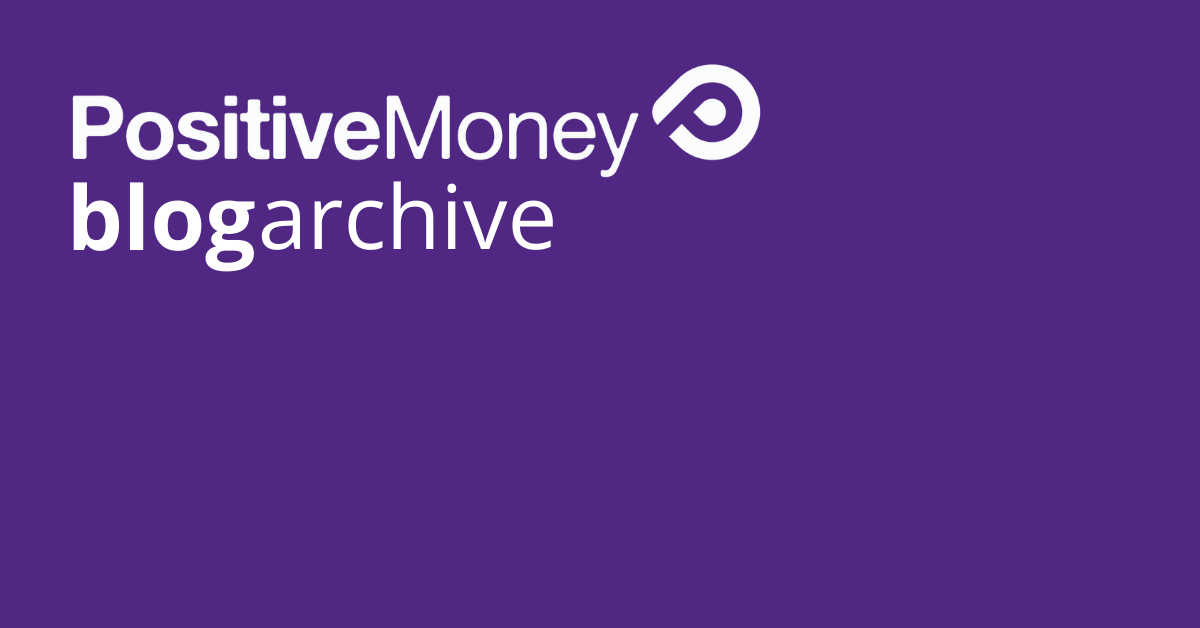The Ambiguity of Our Two-Tier Money System

In this post I ignore physical cash and discuss the relationship at the heart of the UK two-tier money system between electronic central bank money and electronic commercial bank money, which I will refer to respectively as M and C. These two forms of money are explained on pages 15 & 16 of the book Where Does Money Come From?
To recap, C (commercial bank money) circulates in the general economy as the money-numbers in our bank accounts.
M (central bank money) circulates exclusively between the banks as the money-numbers in their BoE reserve accounts.
We conduct our business using C, lent to us at interest by the commercial banks, and annihilated when bank debt is repaid. C must continuously be replenished by fresh borrowing to sustain an adequate money supply. C is transitory, each unit exists only temporarily between its co-creation and its co-annihilation with debt.
In contrast, M circulates persistently between the banks. Ironically, although issued debt-free by the publicly owned BoE, M cannot be accessed directly by the general public.
The official description, pervasive in the MSM and in academia, is that M is the real money and that C is credit, i.e. promises of M, which the commercial banks extend to us. However, from our point of view, that of the money users, C is de facto our medium of exchange. It is to all intents and purposes our money. Circulating quite separately, and exclusively within the banking system, M is in practice only the medium of settlement.
Which description is correct? Both interpretations are consistent with the bare facts of how the money-numbers, both M and C, change and move around. Hence logically there is no definitive answer. There is inherent ambiguity, a source of much unproductive semantic argument about whether or not C is money.
However, money systems are not laws of nature, we humans design and construct them for our use, and the users’ perspective is the most valid and comprehensive. Hence, to address the fundamental question of which money system best serves the interests of its users, I adopt the users’ perspective.
C is many times bigger than M in both size and transaction numbers. The far more numerous and frequent movements of C determine and, primarily through the clearing system, causally induce the movements of M. Typically, M-numbers are adjusted once per business day between the reserve accounts of the participating banks in net settlement of the many millions of movements of C-numbers. C is the medium used to run the economy, M is the internal accounting medium used by the banks between themselves.
Our almost complete dependence on C and our lack of direct access to M are unnecessary impositions. Why must we borrow at interest our medium of exchange from commercial banks? Why institutionalise and support through law this expensive and unstable “rent-a-currency” arrangement? Why not simply have plain, persistently circulating, unitary money, issued debt-free by the people, for the people? Let banks then both securely warehouse it for us, its diverse owners, and provide intermediation services between lenders and borrowers.
Surely our medium of exchange should be issued independently of our commercial banking system, which itself should be a competitive service industry for money users and owners. Why have the issuance and the commercial lending of the medium of exchange so inextricably amalgamated? This invites instability, misallocation and corruption, as we see now all around us.
The principle at stake here is that any supposedly self-determining trading and investing population, in this case our sovereign nation state, can and should issue for itself, at very little cost, an adequate, debt-free and persistently circulating money supply. It is telling that (as far as I know) no LETS scheme (Local Exchange Tranding System) has been set up by its user community to borrow into existence, at interest from a profit-making source, its supply of tokens.
Such an unnecessarily costly money system is obviously undesirable at this scale, yet at our national level it is the accepted status quo. It is time now for fundamental change, time literally to get real with our money.